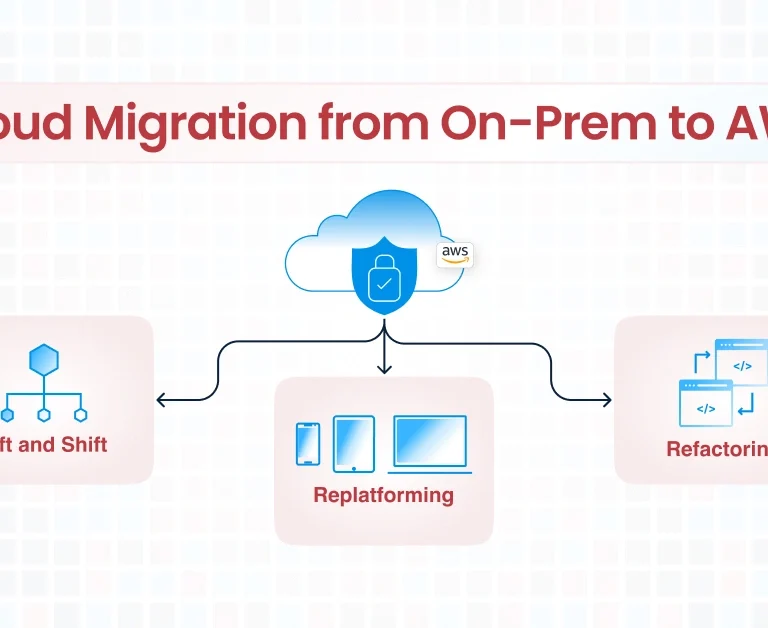What is Machine Learning?
Machine learning is a field of artificial intelligence in which we focus on problems that can not be solved using traditional instruction-based algorithms. Instead, we build algorithms that learn based on past experiences without being explicitly programmed. Hence the name machine learning.
Machine Learning Analogy
One way to think about machine learning is to compare a machine learning model to a student and the process of training a machine learning model to the process of teaching a student.
Like a student, a machine learning model starts with little or no knowledge about the problem space. It learns by being exposed to data, just like a student learns by being exposed to new information.
We train machine learning models by using a large amount of data and tweaking their parameters based on the accuracy of their results. This process is similar to a teacher presenting new information to students and providing feedback on their progress.
Just like students become more knowledgeable and skilled as they continue to learn and practice, machine learning models continue to learn from data and become more accurate at making predictions.
Various categories of Machine Learning algorithms are utilized to address diverse problem types.
Supervised Machine Learning
Supervised learning is a type of machine learning where an algorithm is trained on labeled data to make predictions or classifications on new, unseen data.

Imagine you are a teacher and want to teach your students to recognize different types of animals. You start by showing them pictures of different animals and labeling them with their names. For example, you show them a picture of a dog and label it as “dog”. Then you show them a rabbit picture and label it “rabbit”. You continue this process for many different animals.
After your students have seen many labeled animal pictures, you quiz them on new pictures they haven’t seen before. For example, you show them a rabbit picture and ask them to identify it. Because they have seen many labeled pictures of rabbits before, they can recognize the rabbit.
In this analogy, you are the supervisor providing labeled data to the students (algorithm). The pictures of animals represent the training data, and the new image of the rabbit represents the unseen data that the algorithm is predicting or classifying.
Unsupervised Machine Learning
While supervised learning algorithms are used to make predictions or decisions based on labeled data, unsupervised learning algorithms find patterns and relationships in data that is not labeled.
Imagine you are a librarian tasked with organizing a large collection of books. You have no idea what the books are about or how they should be grouped together, but you need to find a way to organize them in some logical order.
So, you start by grouping books with similar titles or authors. Then, as you start reading the books, you notice that specific themes or topics emerge. You start grouping books with similar themes or topics together, even with different titles or authors.
Eventually, you end up with groups of books with similar themes or topics, even though you didn’t have any preconceived notions of what those themes or topics should be. This is similar to unsupervised learning, where an algorithm is trained on unlabeled data and identifies patterns or relationships within the data without any prior knowledge of what those patterns or relationships should be.
Reinforcement Learning
Reinforcement learning is a type of machine learning that involves training an agent to take actions in an environment to maximize a reward. The agent is trained through trial and error by interacting with the environment and receiving feedback through rewards or punishments.
Imagine you are a dog owner trying to train your dog to perform tricks. You start by rewarding the dog with treats every time it performs a trick correctly. For example, if you want to teach the dog to sit, you give it a treat every time it sits on command.
As the dog continues to perform the trick correctly, you give it fewer treats and only reward it when it serves the trick perfectly. This is like reinforcement learning, where the agent (the dog) learns to take actions (performing tricks) in an environment (the training session) to maximize a reward signal (the treats).
Over time, the dog learns which actions lead to rewards and which do not, adjusting its behavior accordingly. For example, if the dog realizes that barking does not lead to a reward, it may stop barking and focus on performing other tricks that do lead to a reward.
In this analogy, the dog is the reinforcement learning agent, the tricks are the actions it takes in the environment, and the treats are the reward signal. By using reinforcement learning, the dog learns to perform tricks more effectively and efficiently by maximizing the rewards it receives.
Conclusion
In summary, Machine Learning has many practical applications, including improving customer experiences, optimizing business processes, and even making medical diagnoses. It’s a powerful tool that can help you find insights and make predictions in a way that would be impossible with traditional programming techniques.
Talk to Our Cloud/AI Experts
Search Blog
About us
CloudKitect revolutionizes the way technology startups adopt cloud computing by providing innovative, secure, and cost-effective turnkey solution that fast-tracks the digital transformation. CloudKitect offers Cloud Architect as a Service.






